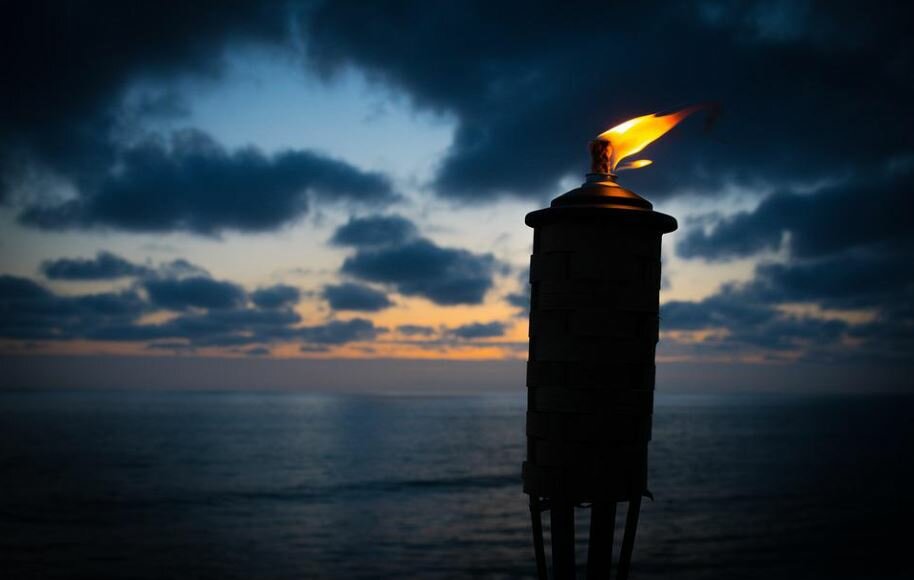
Fire Cremation vs. Water Cremation
Burial is the conventional means of disposing of corpses, and both Fire Cremation and Water Cremation are alternatives to the disposition of corpses. Fire cremation means reducing the deceased's corpse to ashes. Water cremation, also known as Aquamation or Alkaline Hydrolysis, is a method of disposing of human remains in the water. Water cremation is a technique that mimics the natural decomposition process by using a combination of water and alkali salts in conjunction with heat. Expert agencies such as cremation services in Denver, CO take between 4 and 20 hours to complete the cremation process,
During water cremation, the body is put in a completely sealed chamber against the elements. Almost 100 liters of water, as well as the alkaline chemicals, are added to the mixture. The chamber is gently heated in certain places and sometimes stirred. This results in the complete dissolution of the body's soft tissue into the water. The left bone pieces are crushed into a white, sand-like substance.
Natural gases such as propane/butane are used in fire cremation to burn a body for 4-6 hours. Repositioning using long shovels is done frequently while the corpse burns to incinerate effectively. Retorts used for flame cremation often reach above 1800oF to efficiently complete the fire decomposition process. To achieve these temperatures, around 28 gallons of gasoline are required.
Aquamation is Costlier than Cremation
It should be kept in mind while making this comparison. On the other hand, Burial is the most costly option, particularly if the corpse is embalmed in preparation for an open-casket viewing. The family must consider the price of a cemetery site (which includes a burial vault), a coffin, and a headstone.
The Appearance of Aquamation Ashes Differs from that of Cremation Ashes
The ashes produced by fire cremation are gray and gritty in texture, similar to sand. A white, uniform powder will be returned to the family after cremating a person using water instead of after a fire cremation. In addition, the family will get more remains via the aquamation procedure than they would through the cremation method.
Cremation Takes Less Time Than Aquamation
Essentially, the cremation procedure may be finished in a few hours. The aquamation process, on the other hand, may take anywhere from six to eight hours to as long as 18 to 20 hours, depending on the amount of heat utilized in the process.
Cremation is Available in Most Countries, but Aquamation is Not
The procedure of fire cremation is accessible and accepted in the vast majority of countries throughout the world. However, water cremation is not available in all states.
Some People Feel More Comfortable with Aquamation Rather Than Cremation
Some individuals may be uneasy with the idea of visiting a cremation. People may even opt not to be cremated because they are terrified of fire, which is understandable. Aquamation is appealing to people who are interested in it. Because the body is encased in a water tank, some individuals believe the procedure is gentler.
It may be tough to decide between fire cremation and water cremation. Cremation services in Denver, CO are specialists and can assist you in such instances.


Comments